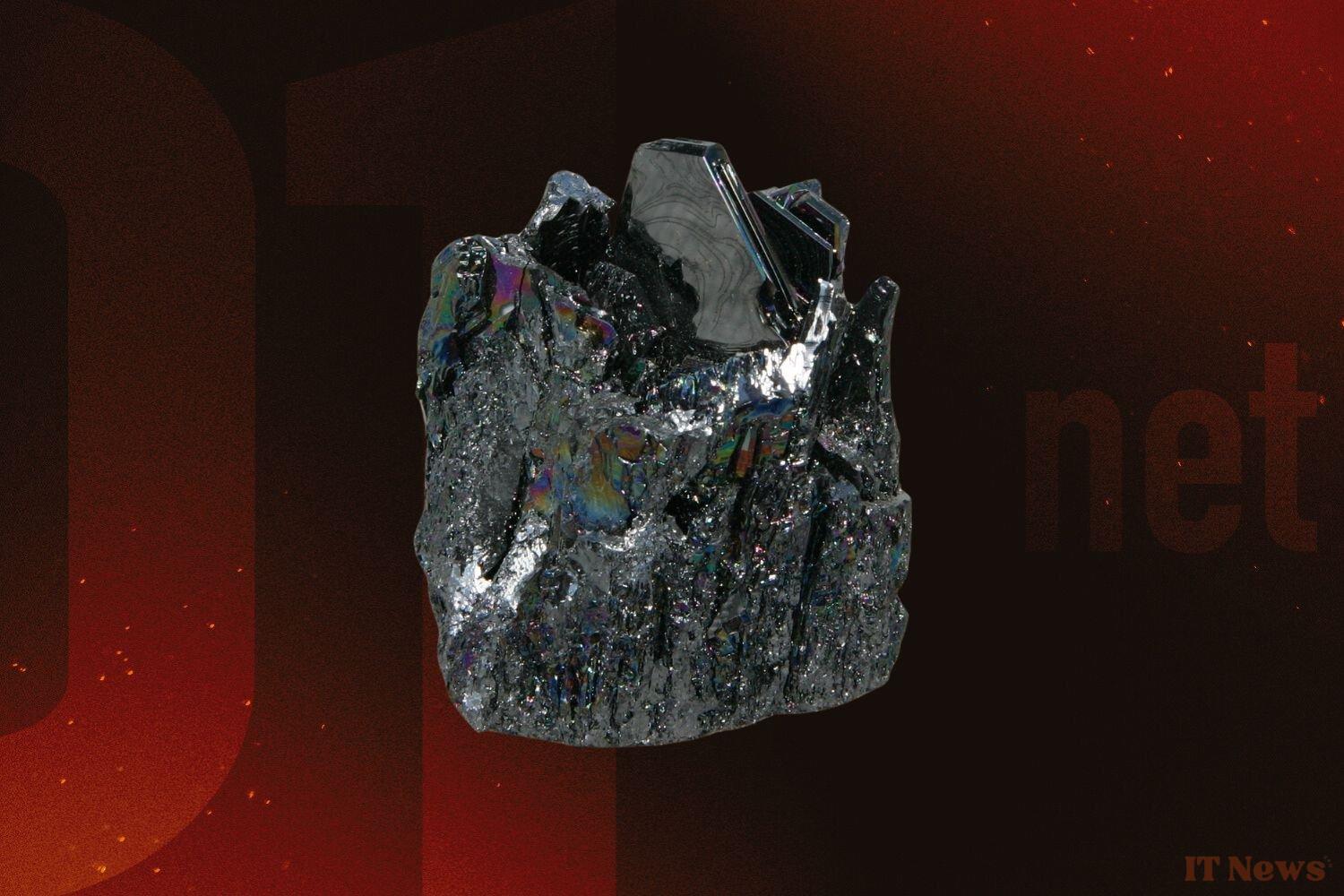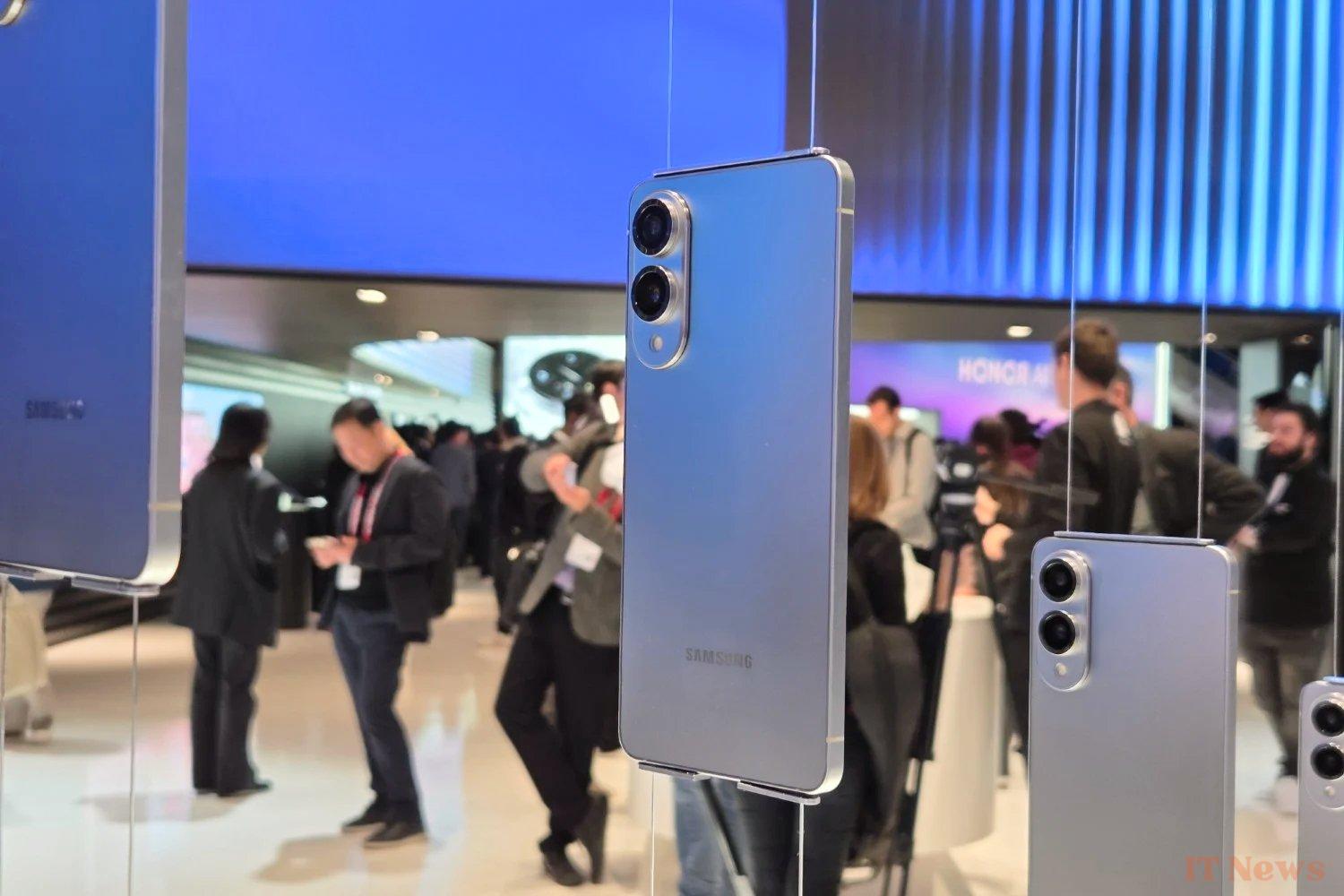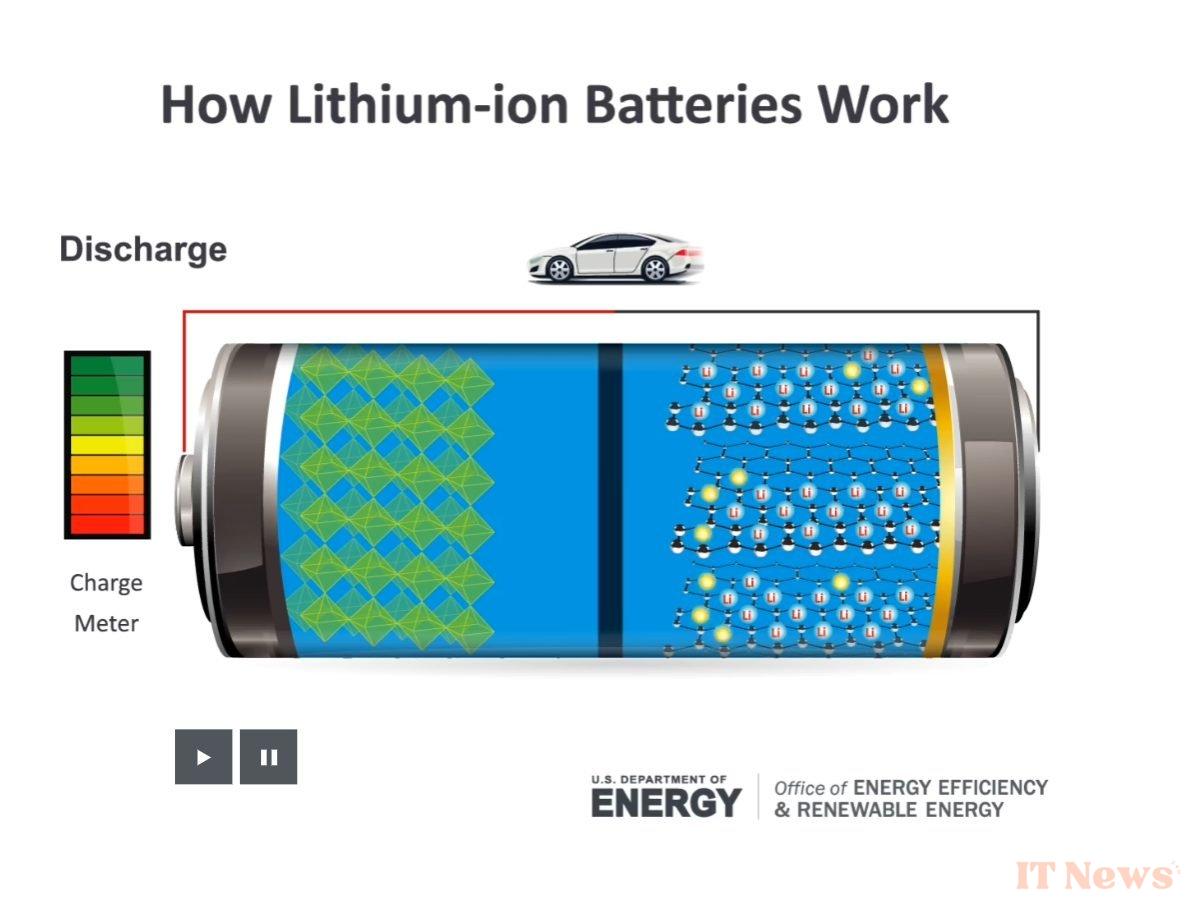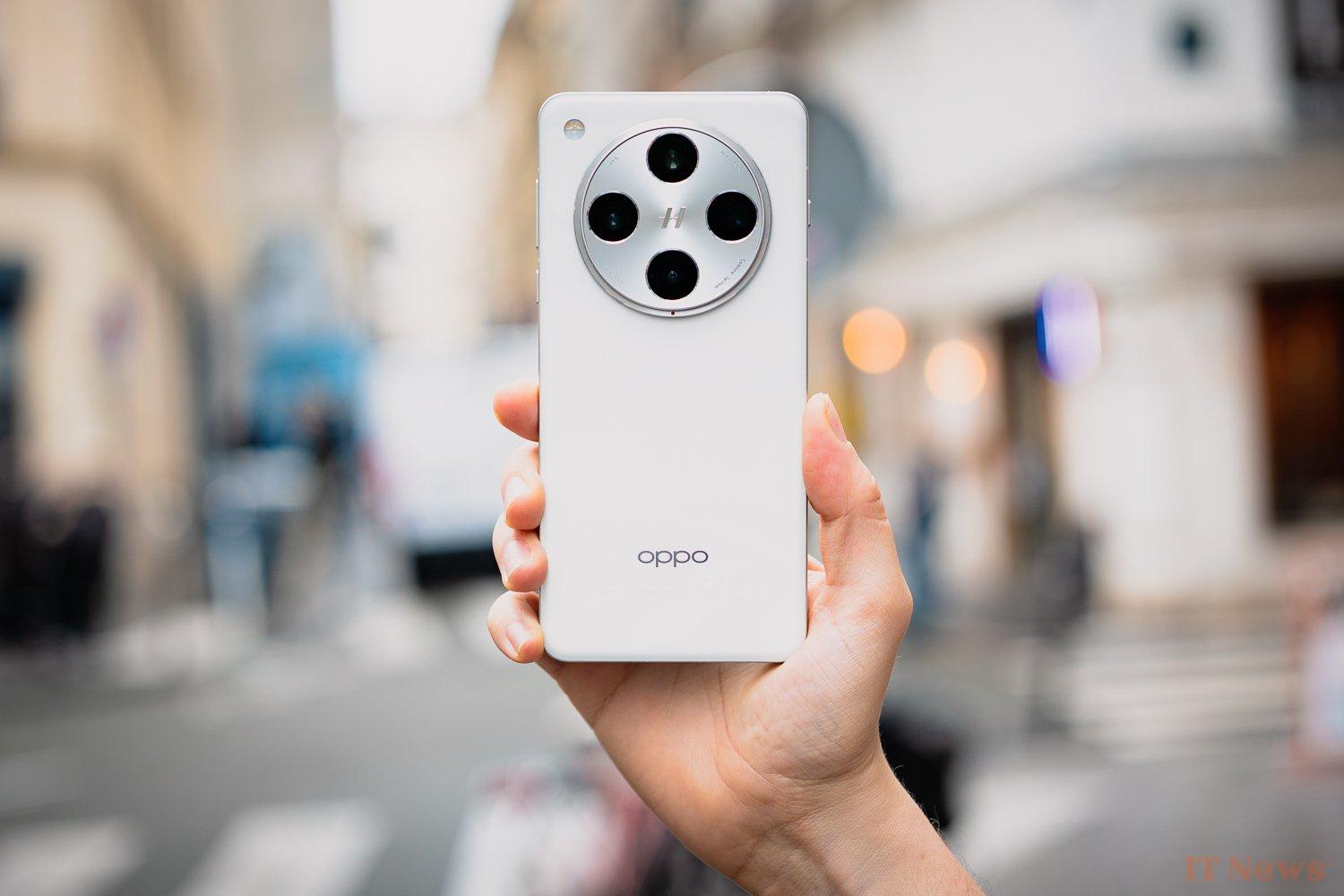There was a time when a 5000 mAh battery in a smartphone was unanimously considered large. But recently, the 5000 mAh glass ceiling seems to have been broken in favor of smartphones that reach or even exceed 6000 mAh. This is due to the gradual integration of a new battery technology in new phones, so-called silicon carbon battery technology.
What does Silicon Carbon bring?
First of all, it is important to understand what this technology brings. Silicon carbon batteries allow for greater energy density than conventional lithium-ion batteries. This means that for an equivalent weight or size, they will deliver electricity for a longer time.
This can have three applications. The first, and most obvious, is simply to increase battery capacity to exceed 5000 mAh without increasing the thickness or weight of an electronic product.
The second concrete application concerns so-called ultra-thin smartphones, such as the Galaxy S25 Edge or the iPhone 17 Air. These two smartphones should fall below the 6 mm mark when most phones are currently over 7.5 mm thick. If Samsung, Apple, or other manufacturers find themselves having the same idea at the same time, it's because a new solution is starting to be easily integrated into their products.
One last use, and probably the first to take hold, concerns folding smartphones. Until recently, folding smartphones were automatically synonymous with poor battery life. But the Honor Magic V3 goes up to 5150 mAh, while obtaining the record for the thinnest smartphone on the market upon its release, which will be beaten by the Oppo Find N5. These two smartphones have one thing in common: you guessed it, very thin and space-saving batteries made of carbon silicon.
How do carbon silicon batteries work?
How does this technology work? And above all, what differentiates a silicon carbon battery from a "conventional" battery? To try to see more clearly, we asked the manufacturers at the forefront of this technology and two agreed to answer us, Oppo and Honor.
The first thing to understand is that "a silicon carbon battery is no different from a "traditional" lithium-ion battery. The basis of its operation is exactly the same," Oppo explains. To explain what changes in the guts of a silicon carbon battery, we need to review how a classic Lithium-ion battery works.
Without going into too much detail, remember that in a battery, you have two electrodes on either side. Between the two is a slightly thick liquid, the electrolyte. This conducts ions (hence the name Lithium-ion). It is crossed in its middle by a separator which isolates the electrodes, but allows the ions to pass. The two electrodes are also connected, outside the battery, by an electrical circuit, this is where the electrons which will power the device will pass. When the battery is charging or discharging, the ions will pass from one side to the other, causing the electrodes to circulate in the circuit and thus creating an electric current.
The two electrodes, the two poles of the battery if you will, have different names. On one side you have a positively charged electrode called the cathode, and on the other a negatively charged electrode called the anode.
It is this famous anode that will give its name to silicon-carbon batteries, as Arne Herkelmann, Product Strategy Manager at Oppo, explains to us:
In short, during charging, the anode incorporating carbon silicon will be able to "store" more ions and electrons. It will therefore be able to maintain the current for longer. The more silicon you add to the formula, the more energy the battery is theoretically capable of storing. Carbon, for its part, is specified in the name, because without it, silicon would not be stable and there would simply be no anode with silicon.
Who manufactures carbon silicon batteries?
None of the manufacturers interviewed agreed to share the name of their supplier with us. Because yes, smartphone brands did not develop this technology themselves. "Carbon silicon technology is the result of joint development between HONOR laboratories and its third-party partners. The latter focus primarily on the research and development of materials, while HONOR works on integrating this technology into its smartphones to ensure reliability." One name that comes up frequently in the industry is TDK, a company that reportedly has the largest market share in the sector.
Silicon-carbon batteries are expected to improve further
Now that we've established how silicon-carbon batteries work, it's time to assess their impact. According to Arne Herkelmann, silicon-carbon anodes"represent a breakthrough in battery technology, as they can offer a much higher capacity than graphite."The Oppo Find X8 Pro, their highest-end smartphone, for example, was able to "increase its energy density by 19% compared to traditional solutions, reaching 806 Wh/l (typ.).".
For several years now, manufacturers have indeed hit a glass ceiling, and everyone has been quietly settling around 5000 mAh. "Graphite anode batteries have almost reached their theoretical capacity limits, making further improvements difficult," explains an Honor spokesperson. Graphite has a theoretical maximum storage limit of 372 mAh/g, and this limit has more or less been reached. “Conversely, silicon anodes represent the most promising technological path to increasing the energy density of batteries in the future.”
So we are only at the beginning. “Our laboratories have additional technological capacity to further increase energy density,” says Honor. Indeed, current batteries do not incorporate 100% silicon on their anode, quite the opposite. "The HONOR Magic V3 incorporates a third-generation silicon-carbon battery, with a silicon-carbon content of up to 10%," a source at Honor said. This content should increase over time and with capacity gains as well. Currently, the gains are around 20%, but they could reach 40%, explains Bloomberg in an article on TDK, the leading company in the sector. While the market is revealing smartphones around 6000 mAh each month, rumors of late 2025 and 2026 products are already at 7000 mAh. If Bloomberg is right, this should be the next critical threshold.
Does it cost more?
So the improvements aren't over yet. But will all this have an impact on the price of smartphones in the future? Honor prefers not to comment. "Currently, the cost of carbon silicon batteries is higher than that of traditional batteries, but the precise figures cannot be disclosed."
As for whether carbon silicon will become the sole anode material throughout the industry, nothing is less certain. The two manufacturers interviewed mentioned an early development phase for this technology. If this were to happen, good old Lithium Ion batteries still have a bright future ahead of them.
Better capacity = better battery life?
We often mention this in our reviews, but battery capacity is only one factor that can influence smartphone battery life. Below, you'll find a table summarizing some smartphones recently tested by 01Lab that feature a carbon silicon battery. We also displayed their continuous usage time during our mixed battery life test, which combines HDR video playback, audio, web browsing and 3D modeling.
As you can see, the Honor Magic 7 Lite and the Realme GT 7 Pro have Although they boast the largest capacity, they are not as durable as the Xiaomi 15 Ultra or the OnePlus 13. On the other hand, all these smartphones achieve a good score: from 5 p.m., we generally manage to use the smartphone for two days in a row in real use, rather comfortably.
Let's add that carbon silicon is still a young technology. Manufacturers will undoubtedly refine their recipe over the years to get the most out of it.
Let's also not forget that the more technology advances, the more various components of the smartphone, such as the screen or the graphics chip, can become power-hungry. Carbon silicon might therefore not have the effect of increasing the autonomy of smartphones tenfold, but it could prove useful in meeting the needs of tomorrow.






0 Comments